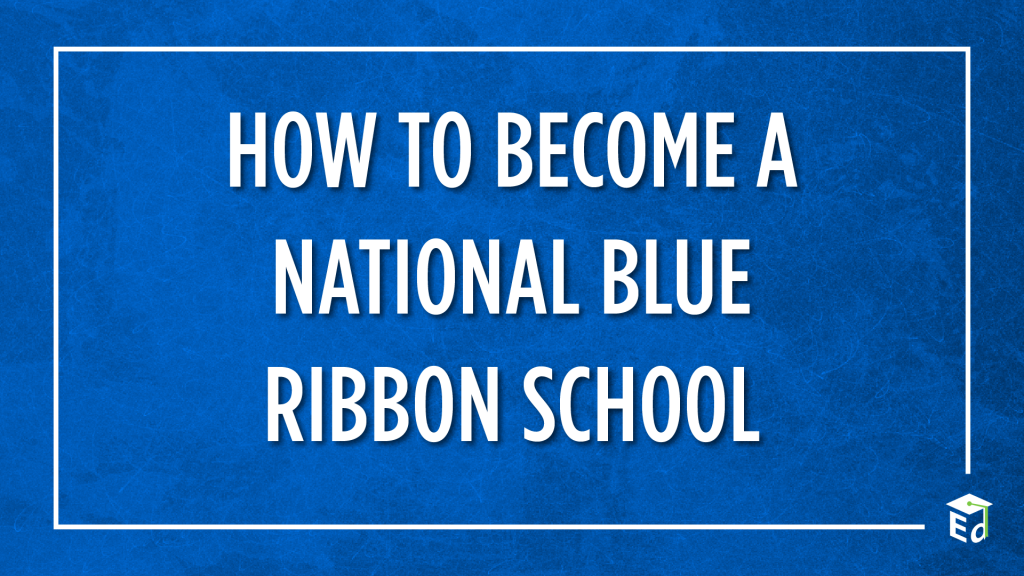
Former Education Secretary Arne Duncan said that “great schools don’t happen by chance. Great schools happen by design.” It takes hard work & dedication at all levels of a school community – from students, teachers, staff, administrators, & families – to make a school truly shine.
Today, we honor 297 schools for their exemplary teaching & learning with our 2022 National Blue Ribbon School (NBRS) awards. Since 1982, ED has bestowed about 10,000 NBRS awards to over 9,000 schools across the nation, honoring the hard work of students, educators, families, and communities to create safe & welcoming schools where students master challenging content.
As we celebrate our 2022 honorees, here’s a bit more about the National Blue Ribbon Schools Program & how schools earn their awards:
Which schools are honored?
The National Blue Ribbon Schools Program recognizes public & private elementary, middle, and high schools where students either achieve very high learning standards or are making notable improvements in closing the achievement gap.
National Blue Ribbon Schools represent the full diversity of American schools: public schools (including Title I, magnet, choice, and charter schools), and non-public schools (parochial and independent schools). They are urban, suburban, and rural, large and small, traditional and experimental, and serve students of every social, economic, and ethnic background.
How are schools nominated?
The Chief State School Officers from the 50 states, US territories, the Department of Defense Education Activity (DoDEA) & the Bureau of Indian Education (BIE) nominate public schools. The Council for American Private Education (CAPE) nominates up to 50 non-public schools, including parochial & independent schools. States are allocated nomination slots based on K-12 students & schools in each state. At least one-third of public schools nominated by each state must have student populations comprising high percentages of disadvantaged populations.
Once ED validates the nominations, invitations are sent to the schools to apply for the award. Nominated schools complete an extensive narrative application describing their:
- School culture & philosophy
- Curriculum, assessments, & instructional practices
- Professional development & leadership structures
- Parent & community involvement
- Ways the school has encouraged & challenged all students to develop their full potential academically, emotionally, physically, socially, & culturally
In what categories are schools recognized?
Schools are nominated & recognized in one of two categories based on student performance on state assessments & high school graduation rates:
- Exemplary High Performing Schools are schools with the highest achieving students (the top 15%) in English and mathematics on state assessments and the highest high school graduation rates. Additionally, the achievement scores of all students tested in any subgroup in the most recent year must be in the top 40 percent of all schools in the state in performance ranking.
- Exemplary Achievement Gap Closing Schools are schools that have made the greatest advances (top 15%) in closing the achievement gaps of at least one student subgroup in English and mathematics over the past three to five years on state assessments. High school graduation rates for the student subgroup(s) must also be in the top 40 percent.
Why are the National Blue Ribbon School awards important?
The National Blue Ribbon School awards acknowledge and validate the hard work of students, educators, families, and communities in striving for—and attaining—exemplary achievement. National Blue Ribbon Schools serve as models of effective school practices for state and district educators and other schools throughout the nation. The NBRS flag gracing a school’s entryway or flying over campus is a widely recognized symbol of exemplary teaching and learning.

